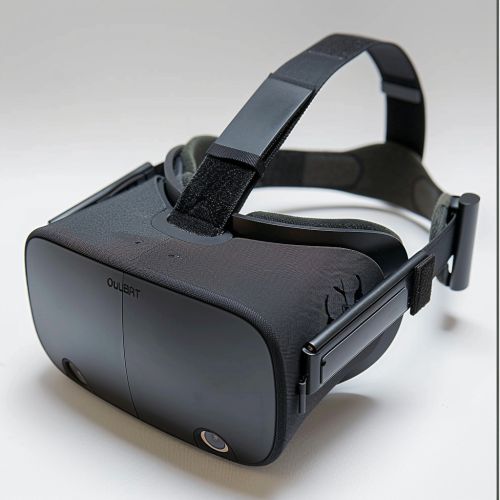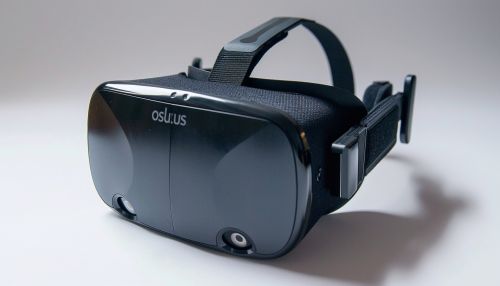Oculus Rift
Introduction
The Oculus Rift is a virtual reality headset developed and manufactured by Oculus VR, a division of Facebook. Released in March 2016, the Oculus Rift was one of the first high-end consumer virtual reality headsets on the market, and it has played a significant role in the resurgence of interest in the VR industry.
Development and History
The development of the Oculus Rift began in 2010, when Palmer Luckey, a self-described virtual reality enthusiast and hardware geek, started experimenting with his own VR designs in his parents' garage. Luckey's work caught the attention of John Carmack, a renowned game developer and co-founder of id Software, who was also interested in VR technology. Carmack reached out to Luckey and the two began collaborating, leading to the creation of the first prototype of the Oculus Rift.
In 2012, Luckey and Carmack launched a Kickstarter campaign to fund the development of the Oculus Rift. The campaign was a huge success, raising over $2.4 million and generating significant media attention. This success attracted the attention of Facebook, which acquired Oculus VR in 2014 for approximately $2 billion. The acquisition by Facebook provided Oculus with the resources to further develop the Rift and bring it to market.
Hardware
The Oculus Rift utilizes state-of-the-art technology to deliver a high-quality VR experience. The headset features a pair of OLED displays with a combined resolution of 2160 x 1200 pixels, providing a wide field of view and high pixel density. The Rift also includes integrated headphones that provide spatial audio, enhancing the sense of immersion.
The Rift uses a constellation tracking system to track the user's movements. This system uses a series of infrared sensors placed around the room to track the position of the headset and the user's motion controllers. This allows the user to move around in the virtual environment and interact with virtual objects.


Software
The Oculus Rift is compatible with a wide range of software, including games, educational applications, and professional tools. The Rift is primarily used for gaming, and there are hundreds of VR games available on the Oculus Store. The Rift also supports non-gaming applications, such as virtual tours, educational programs, and professional design tools.
In addition to the Oculus Store, the Rift is also compatible with other software platforms, such as SteamVR. This allows users to access a wider range of VR content and experiences.
Impact and Reception
The Oculus Rift has had a significant impact on the VR industry. It was one of the first high-end consumer VR headsets on the market, and it has helped to popularize VR technology among consumers. The Rift has also influenced the development of other VR headsets, with many companies adopting similar design principles and technologies.
The Rift has generally received positive reviews from critics and users. Reviewers have praised the Rift's high-quality displays, comfortable design, and wide range of compatible software. However, the Rift has also been criticized for its high price and the need for a powerful PC to run it.
Future Developments
Oculus continues to develop new versions of the Rift, with the latest model, the Oculus Rift S, released in 2019. The Rift S features several improvements over the original Rift, including a higher resolution display, improved tracking system, and a more comfortable design.
Oculus is also exploring other areas of VR technology, such as standalone VR headsets that do not require a PC to run. The Oculus Quest is an example of this type of headset, and it has been well-received by consumers and critics alike.
